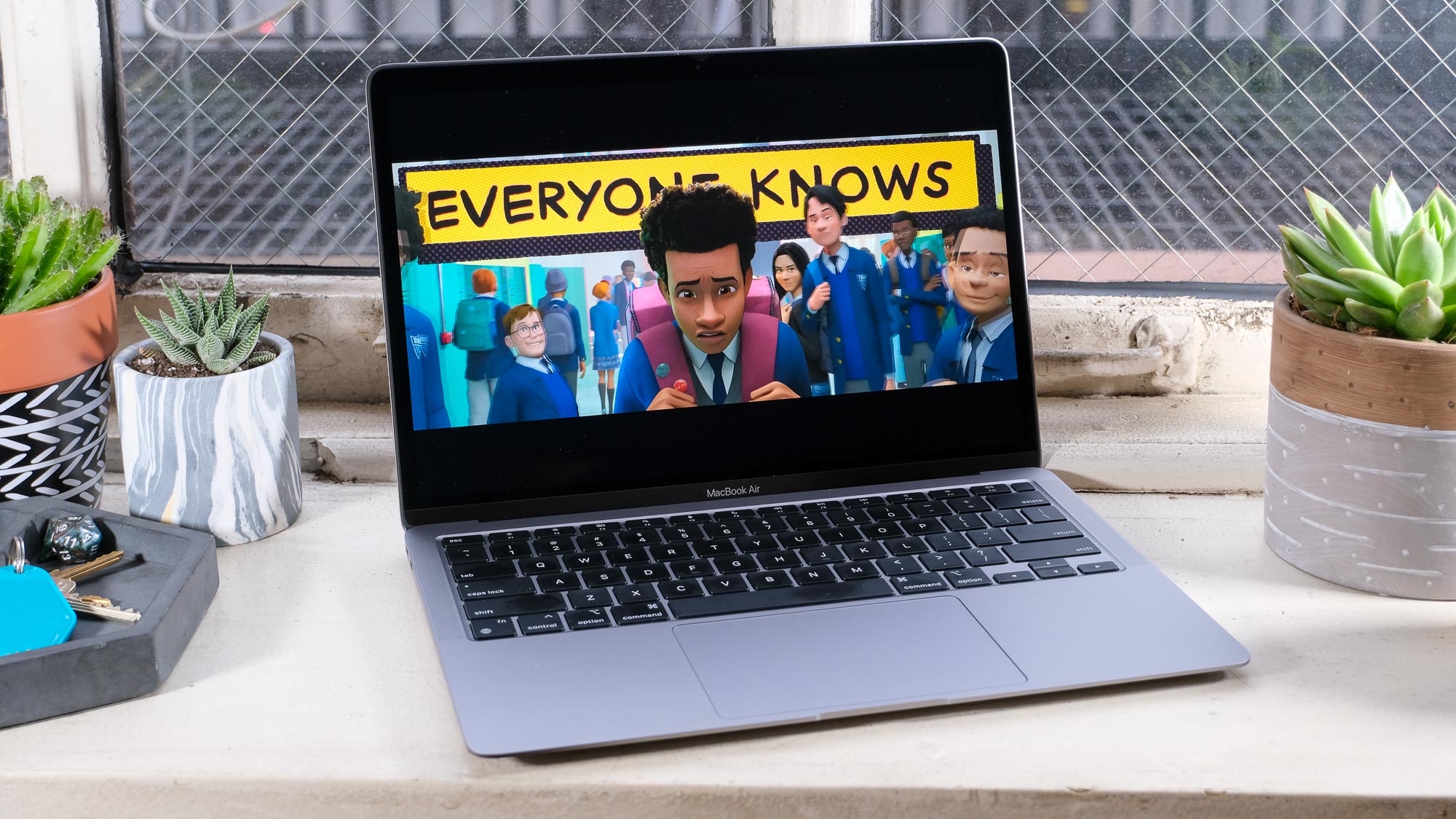Citra 3DS emulator for Mac OS
Description
Citra 3DS is a new emulator for Mac , enabling you to play your favorite games on your PC desktop (see also Windows, iOS and Android OS version).
The Apple Mac Mini M1 chip takes most versatile, do-it-all desktop into another dimension.
This is a work-in-progress Nintendo 3DS emulator started in early 2013. Citra can currently emulate, with varying degrees of success, a wide variety of different homebrew applications and commercial software.
You can download last version of this app on the button below.
Features

An unofficial community to discuss Apple devices and software, including news, rumors, opinions and analysis pertaining to the company located at. Niresh Mac OSX Mavericks is an impressive operating system which has come up with lots of new features and updates Niresh Mac OSX Mavericks 10.9.0 DMG. In AVD Manager go to the Other Images tab as by default it doesn't show the ARM64 images. Android Emulator M1 Preview. This is a preview of some basic Android emulation functionality on the M1. There are still many issues, but apps work at a basic level. To be updated soon with more fixes. 애플의 새로운 Arm Mac, M1 칩의 단점 정리 과연 지금 사야할까? 이번 게시글에서는 11월에 새로이 발표한 M1칩과 그 단점에 대해서 알아보도록 하겠다. 사실 M1칩이 기대한 것보다 고성능이고 새로 발매.
Citra can run most games at variable speed, depending on your hardware configuration. However, not all games are created equally and therefore some games will run at full speed while others might suffer from slow emulation. You may also experience some slowdowns.
Include:
- Compatibility with hundreds of games
- Enhanced graphics, such as resolution scaling and texture filtering (these optional features work best on high-end devices)
- Support for various built-in features, such as the camera, microphone, and motion controls
- Support for external gamepads
Citra does not natively run dumps of games that have not been decrypted properly (unless you have dumped your own system keys). This requires a physical 3DS and the game you own.
System requirements
Citra does NOT support Macs with M1 chipsets. This Mac builds may run through Rosetta, but you will encounter various issues that we won’t provide support for.
Update

•Add support for save states.
•Merge latest fixes & improvements from upstream Citra

•Implemented switch for sliding finger across D-Pad and fix sensitivity
•Disable sensors when emulation is paused
•Beta version program is now closed with the last build release
•New GUI improvements for the virtual game pad
•Added multiplayer button in the settings menu (still in experimental step)
Leave your vote on this file!
Average rating 4.5 / 5. Vote count: 29
No votes so far! Be the first to rate this app.
We are sorry that this app was not useful for you!
Let us improve this post!
Tell us how we can improve this post?
This is the second post that I dedicate to talk about configurations using the new M1 Apple processor. As I said in the previous post, these configurations are workarounds until stable versions are released, however, for me, they have been useful and I guess that someone in the same situation as me can benefit from that.
Using Android studio in the new Macbook Air
When you install Android Studio you will get the following warning:
Unable to install Intel® HAXM
Your CPU does not support VT-x.
Unfortunately, your computer does not support hardware-accelerated virtualization.
Here are some of your options:
Avd Manager Mac M1
1 - Use a physical device for testing
2 - Develop on a Windows/OSX computer with an Intel processor that supports VT-x and NX
3 - Develop on a Linux computer that supports VT-x or SVM
4 - Use an Android Virtual Device based on an ARM system image
(This is 10x slower than hardware-accelerated virtualization)
Creating Android virtual device

Android virtual device Pixel_3a_API_30_x86 was successfully created
And also in the Android virtual device (AVD) screen you will read the following warning:
If you want to learn more regarding virtualization in processors you can read the following Wikipedia article, the thing is that our M1 processor doesn’t support VT-x, however, we have options to run an Android Virtual Device.
As the previous message was telling us, we have 4 options. The easiest way to proceed is to use a physical device, but what if you haven’t one available at the moment you are developing?
From now on, we will go with the option of using an Android virtual device based on an ARM system image as options 2 and 3 are not possible to execute.
Using the virtual emulator
Mac M1 Avd
The only thing that you have to do is to download the last available emulator for Apple silicon processors from Github https://github.com/741g/android-emulator-m1-preview/releases/tag/0.2
Once you have downloaded you have to right-click to the .dmg file and click open to skip the developer verification.
Android Studio Apple Silicon
After installing the virtual emulator, we have to open it from the Applications menu.
After opening it you will see Virtual emulator in Android Studio available to deploy your Android application. Make sure to have Project tools available in Android Studio (View -> Tool Windows -> Project)
After pressing the launch button you will get your Android application running in your ARM virtual emulator :-)
Conclusion
Avd Mac M1 Driver
In this post, we have seen that is possible to install Android Studio in Macbook Air M1 and use a virtual device even that your M1 doesn’t support VT-x. You can learn more about this emulator in the following references:



